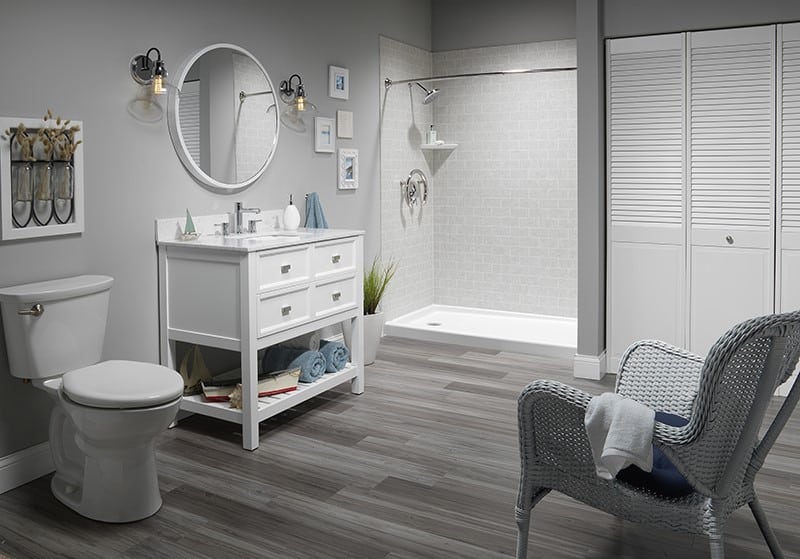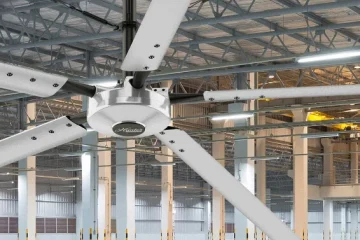Bathrooms are one of the most utilized spaces in any home, but they can also pose significant safety risks—especially for seniors, individuals with mobility challenges, and families with young children. One of the most effective ways to reduce these risks and improve safety is through a tub-to-shower conversion. Not only does this upgrade modernize your bathroom, but it also enhances accessibility, reduces the risk of accidents, and provides long-term value for families of all ages.
Why Bathtubs Can Be a Safety Hazard
Bathtubs, while functional, can present several safety challenges. Stepping in and out of a tub requires balance and mobility, which becomes increasingly difficult with age or physical limitations. According to the Centers for Disease Control and Prevention (CDC), bathroom-related injuries, especially slips and falls, are common among older adults. The high threshold of a tub creates a tripping hazard, and the wet, slippery surface inside the tub increases the likelihood of falls.
1. Low-Threshold or No-Threshold Entry
One of the most significant advantages of a tub-to-shower conversion is the ability to incorporate a low-threshold or no-threshold entry. Traditional bathtubs require users to lift their legs over a high edge to enter and exit, which increases the risk of falls. In contrast, a shower with a low or zero-threshold entry eliminates this obstacle, allowing for easy, step-in access.
A no-threshold shower design is particularly beneficial for seniors or individuals with limited mobility, as it can also accommodate wheelchairs and walkers. This feature provides peace of mind, knowing that the likelihood of tripping or losing balance while entering the shower is drastically reduced.
If you’re considering a tub-to-shower conversion, CT consult with a professional contractor to ensure that your new shower is designed with both safety and style in mind.
2. Slip-Resistant Flooring
Another critical safety feature in tub-to-shower conversions is the installation of slip-resistant flooring. The smooth, slippery surface of a bathtub increases the chance of falls, especially when wet. When converting to a shower, homeowners can choose flooring materials specifically designed to provide better traction.
Textured tiles, slip-resistant coatings, or vinyl flooring options are all excellent choices that enhance grip and reduce the risk of accidents. This is especially important in showers where water and soap can create slick surfaces, making a slip-resistant material an essential part of your shower design.
3. Grab Bars and Handrails
For additional support and stability, grab bars and handrails are crucial features that can be added during a tub-to-shower conversion. These safety accessories provide users with a sturdy handhold to maintain balance while entering, exiting, or moving within the shower.
Grab bars can be strategically placed near the shower entrance and inside the shower enclosure, ensuring that help is always within arm’s reach. These bars are especially beneficial for seniors or anyone who may feel unsteady while bathing. The key to making them effective is proper placement and secure installation by a professional contractor to ensure they can handle weight and movement.
4. Built-In Shower Seating
Incorporating built-in shower seating into your shower design can greatly enhance safety and comfort. Many individuals, particularly seniors or those with physical limitations, may find it difficult to stand for long periods while showering. A built-in bench or fold-down seat provides a safe place to sit and bathe, reducing the risk of falls due to fatigue or instability.
This feature is also beneficial for anyone recovering from an injury or surgery, as it allows them to rest while washing. In addition to its practical function, a shower seat can also add a touch of luxury to your bathroom, offering a spa-like experience.
See also: Why Lead Generation Services Matter For Your Business
Conclusion
A tub-to-shower conversion is more than just a design trend—it’s an investment in safety and accessibility. By opting for a walk-in shower, you can significantly reduce the risk of accidents, making your bathroom a safer place for everyone, especially seniors, individuals with limited mobility, and families with young children. Features such as low-threshold entries, slip-resistant flooring, grab bars, and built-in seating provide both comfort and peace of mind.
FAQs
1. How much does a tub-to-shower conversion cost?
The cost of a tub-to-shower conversion can vary depending on factors such as materials, labor, and design features. On average, conversions range from $2,000 to $8,000, with more luxurious options increasing the cost.
2. Can I install grab bars in my new shower?
Yes, grab bars can be installed in your new shower. They are a critical safety feature, particularly for seniors or those with limited mobility. It’s best to have them professionally installed to ensure they are secure and positioned properly.
3. How long does a tub-to-shower conversion take?
A typical tub-to-shower conversion can take anywhere from 2 to 5 days, depending on the complexity of the project and any additional customizations, such as plumbing or tile work.




